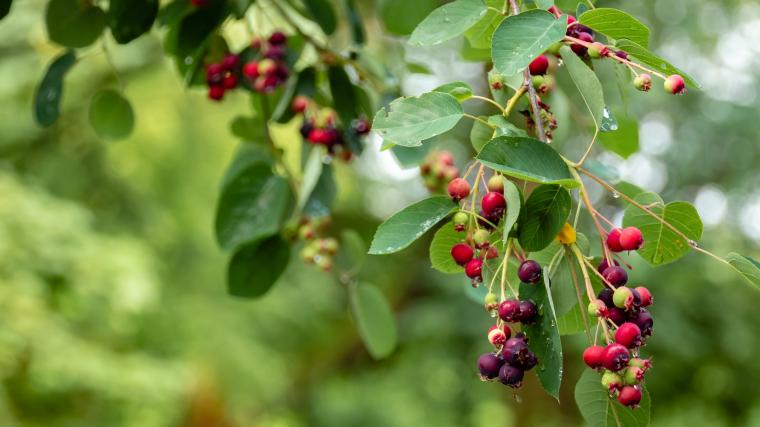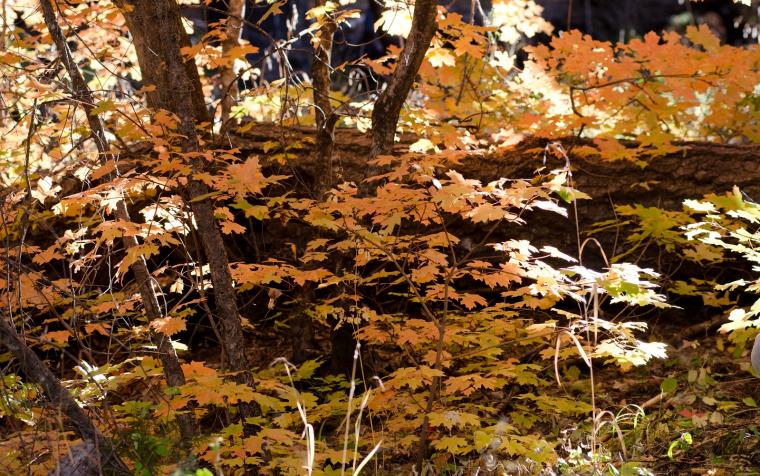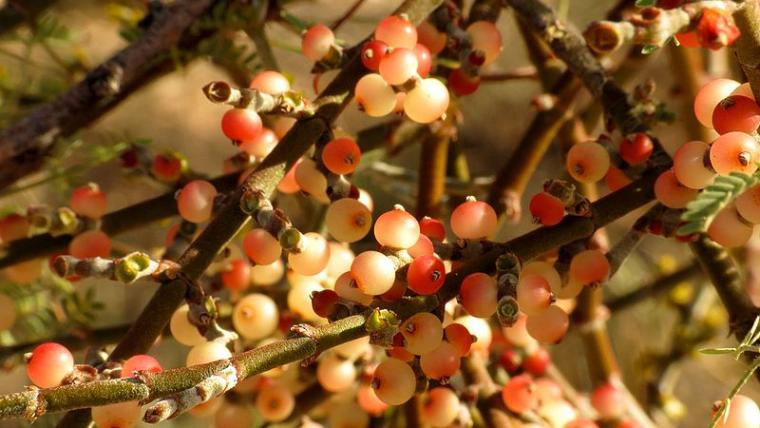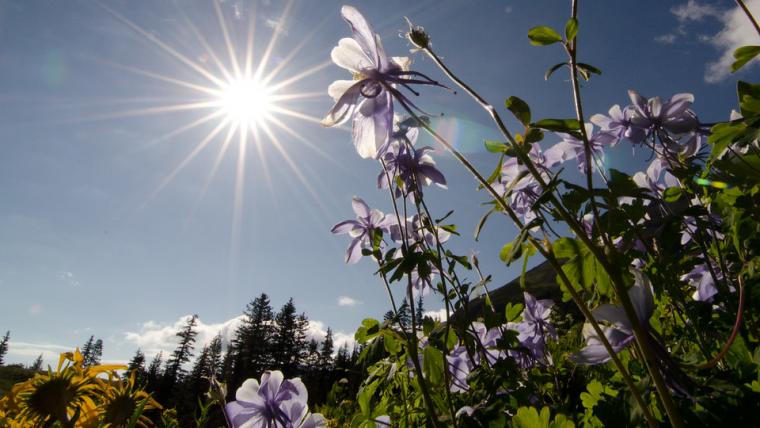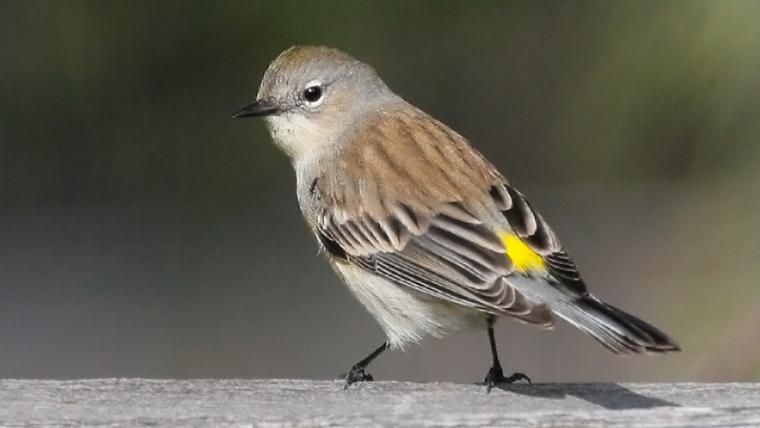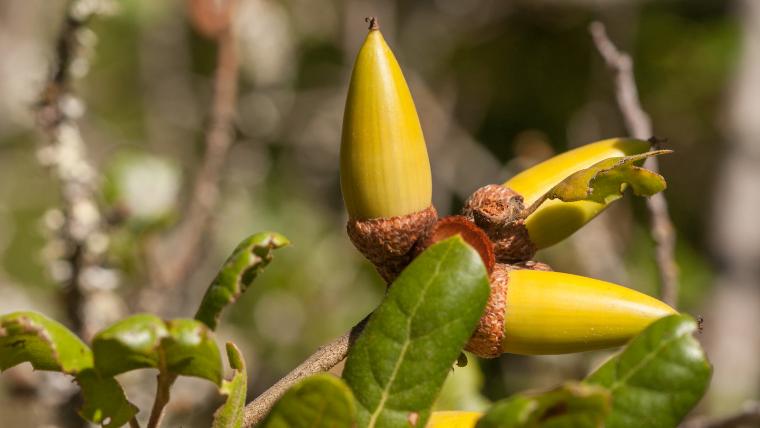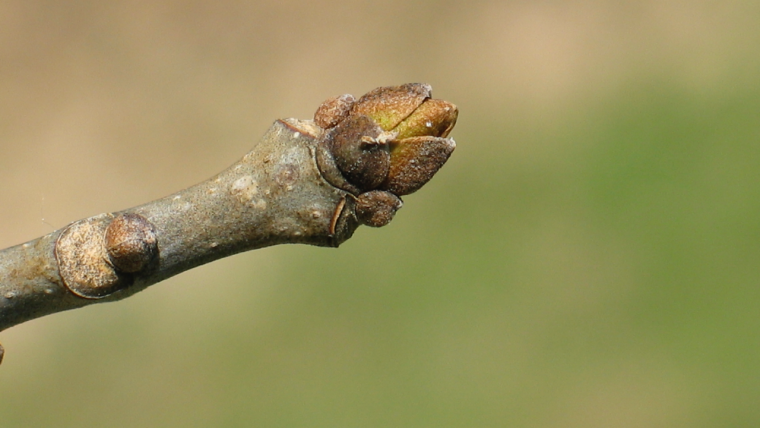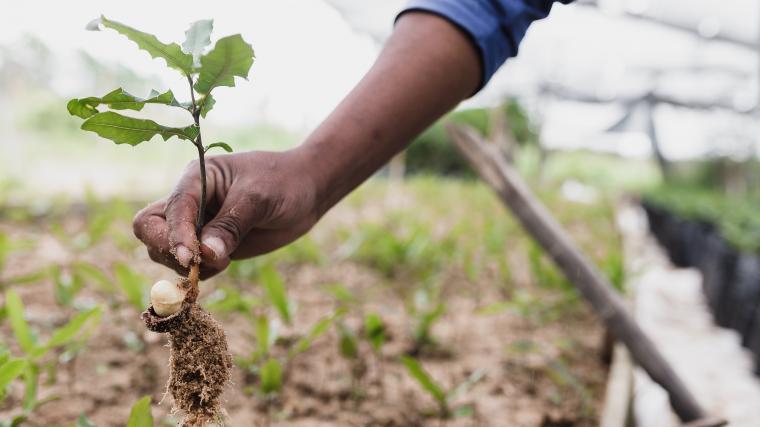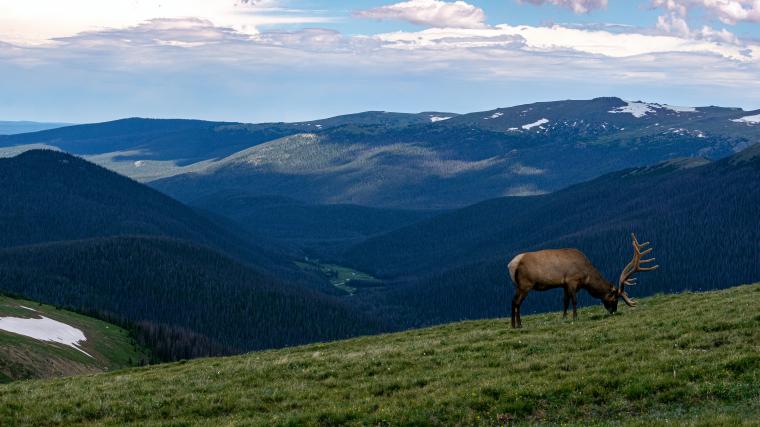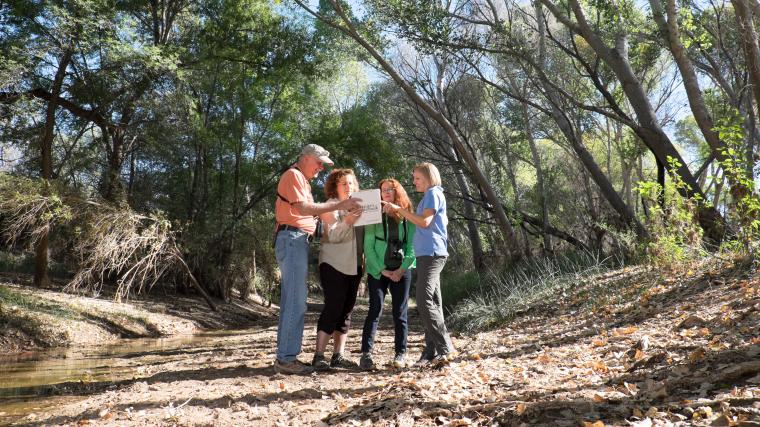
With the right resources, untrained observers record high-quality data
Mon, Sep 10, 2018
In order to better understand precision and accuracy in phenology data collection and how that varies by training level, researchers at Acadia National Park’s Schoodic Institute compared data from three different observer types – expert professional scientists, trained citizen scientists, and untrained citizen scientists. The authors found that untrained citizen scientists recorded data that was as precise and sometimes more accurate than trained citizen scientists, likely due to a misinterpretation of materials presented at trainings. The authors recommend that informative datasheets, mid-season assessments and calibration trainings may help to ensure high-quality data.
